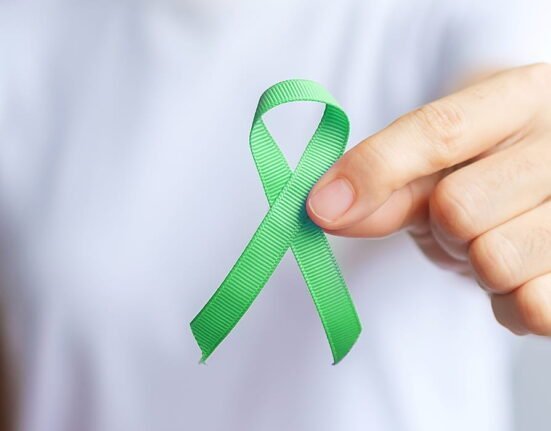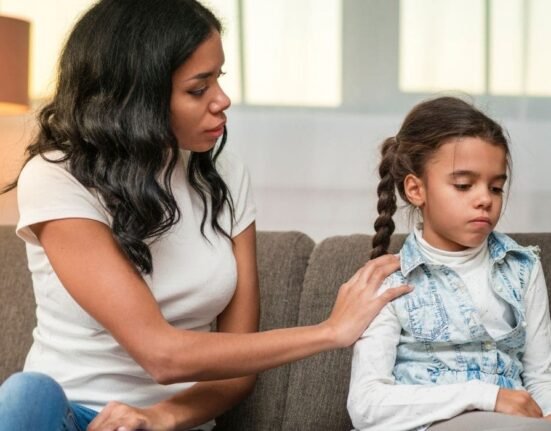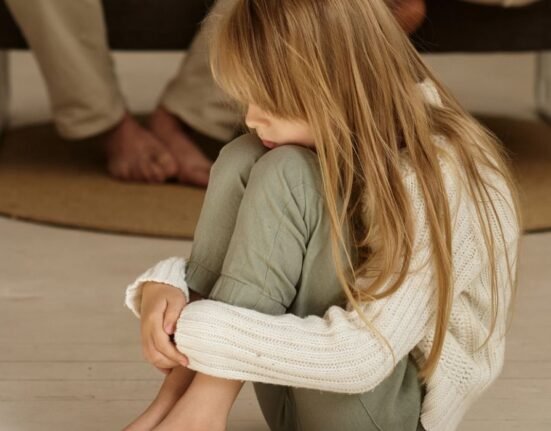A violent or abusive child can have a significant influence on the entire family. But what causes child-parent abuse (CPA), and how can you overcome it?
Every family goes through rocky patches, and it’s natural to feel challenged by your child’s behaviour at times. But in some cases, these tensions can escalate into a more serious situation known as child-to-parent abuse (CPA). It’s estimated that up to 10% of families experience child-to-parent abuse. According to recent data, incidents that the police were involved in have doubled since 2015, although many go unreported.
What is Child-to-Parent abuse?
The fact that CPA is a type of domestic abuse is difficult to comprehend. It includes a variety of actions, such as:
Physical abuse includes biting, kicking, beating, and pulling one’s hair. Name-calling, threats, coercion, and spreading untruths about the parent are examples of emotional abuse.
Financial abuse includes stealing, accruing debt in the parent’s name, pressuring them to purchase unaffordable goods, and pressuring them to purchase drugs or alcohol.
According to PEGS research, 4% of families with CPA experience sexual abuse.
Although there are many exceptions to this norm, mothers are more likely to be recipients than fathers, and boys are more likely than girls to participate in CPA. We see a significant proportion of cases where a female child is perpetrating the abuse, or where the male parent is targeted.
What distinguishes child-to-parent abuse from typical family conflicts ?
Every family has arguments and conflicts, but CPA is an exacerbation of these typical occurrences. During an argument, the child may start pushing their parent, but eventually, this could escalate to punching or kicking and causing actual physical harm. In a similar vein, a youngster may threaten to kill their parent, siblings, or a household pet and even look up ways to do so, instead of yelling at them or refusing to comply with instructions.
Fear is a big sign, and parents frequently claim they’re being cautious to prevent a tantrum. If you’re afraid of your child’s actions or reactions and you refrain from saying or doing certain things out of fear and to protect yourself or other people in the house, this may indicate CPA. For example, you may avoid social situations out of concern that your child may verbally or physically abuse you in front of others, or you may be afraid to ask them to clean their room if they are prone to react by hurling and smashing objects.
Violence between parents is one important form of maltreatment that we frequently overlook. Adolescents and adult children who commit acts of violence or abuse against their parents are involved. The idea that a child would decide to harm a parent is stigmatised and shamed, and parents frequently try to ignore, appease, or give in to these behaviours rather than getting help.
Research has shown that when the offending child has witnessed violence committed by a parent, child-to-parent violence is more likely to occur. Although the exact mechanisms underlying this association are unknown, it is probable that children who have experienced direct abuse or observed domestic violence have internalised models of using aggression and control to cope with challenges.
Read More: The Role of Domestic Violence Counseling in Healing and Recovery
Recognising abusive behaviours and distinguishing them from the normal emotional and behavioural disorders that teenagers may exhibit are challenges associated with child-to-parent violence. As they try to strike a balance between preserving their relationship and helping their child and making sure they are safe, parents frequently struggle with whether to report and deal with these behaviours. Because service systems are frequently designed to address intimate partner abuse, parents may be unsure of where to turn for assistance.
The same guidelines that govern handling other challenging behaviours also apply to recognising and dealing with child-to-parent violence. While some disrespectful behaviours (such yelling or slamming doors) may become commonplace as kids enter puberty, they should be addressed if they occur regularly, become more frequent or severe, entail bodily injury, or make you feel afraid.
How to Respond when a child is abused by a Parent ?
It’s critical to be safe during an event and, if at all feasible, defuse the situation. Instead of attempting to reason with or control your child, it is preferable to accomplish this by withdrawing to a secure location. This could entail knocking on the door of a neighbour who has agreed to provide you with a safe spot, entering a room that you can lock, or entering the garden and locking the doors to prevent your child from escaping and hurting themselves or you.
Picking your battles is also crucial. For instance, if confronting your child about “low risk” behaviours like slamming doors could turn them into verbally abusive, you may choose to ignore them. Alternately, you could ignore offensive language but set a boundary with physical actions like striking or causing damage to property.
It’s usually preferable to attempt talking to your youngster once the situation has subsided. After everything has calmed down, you can try to talk about what happened, taking into account their needs and developmental stage, listening to them, and giving them time to explain what they felt happened.
Psychologists play a significant role in the creation and execution of initiatives aimed at preventing child abuse and neglect. Programs for primary prevention increase public, service provider, and policymaker understanding of the range of problems associated with child abuse. Programs for secondary prevention focus on groups that have one or more risk factors for child abuse.
Restoring harmony in families affected by CPA requires a collective effort from parents, educators, mental health professionals, and society. By raising awareness, providing resources, and implementing early interventions, families can heal and build relationships based on trust and respect. Addressing CPA is not about assigning blame but about finding solutions that promote healthier family dynamics and emotional well-being for all members involved.
FAQs
Q1: What is child-to-parent abuse?
Child-to-parent abuse occurs when a child uses violent, manipulative, or aggressive behavior to control or harm their parents. This can include physical violence, verbal insults, emotional manipulation, or threats.
Q2: What causes child-to-parent abuse?
Factors such as mental health disorders, substance abuse, family dysfunction, and past trauma can contribute to child-to-parent abuse. Additionally, a shift in family dynamics, where children feel empowered, can lead to abusive behavior.
Q3: How can parents stop child-to-parent abuse?
Parents can address child-to-parent abuse by setting firm boundaries, seeking therapy (both individually and as a family), and involving professionals when necessary. Ensuring safety and reaching out for support is crucial.
Q4: Is child-to-parent abuse common?
While it’s difficult to pinpoint exact statistics, child-to-parent abuse is more common than often recognized, especially among families with adolescents. Research shows it is a growing concern in many modern families.
References +
- American Psychological Association. (n.d.). Understanding child abuse and neglect. https://www.apa.org/pi/families/resources/understanding-child-abuse
- The School Run. (n.d.). Understanding child-parent abuse. https://www.theschoolrun.com/understanding-child-parent-abuse
- Psychology Today. (2021, July 21). What happens when a child abuses a parent? https://www.psychologytoday.com/intl/blog/of-prisons-and-pathos/202107/what-happens-when-a-child-abuses-a-parent%3famp
- World Health Organization. (n.d.). Child maltreatment. https://www.who.int/news-room/fact-sheets/detail/child-maltreatment













Leave feedback about this